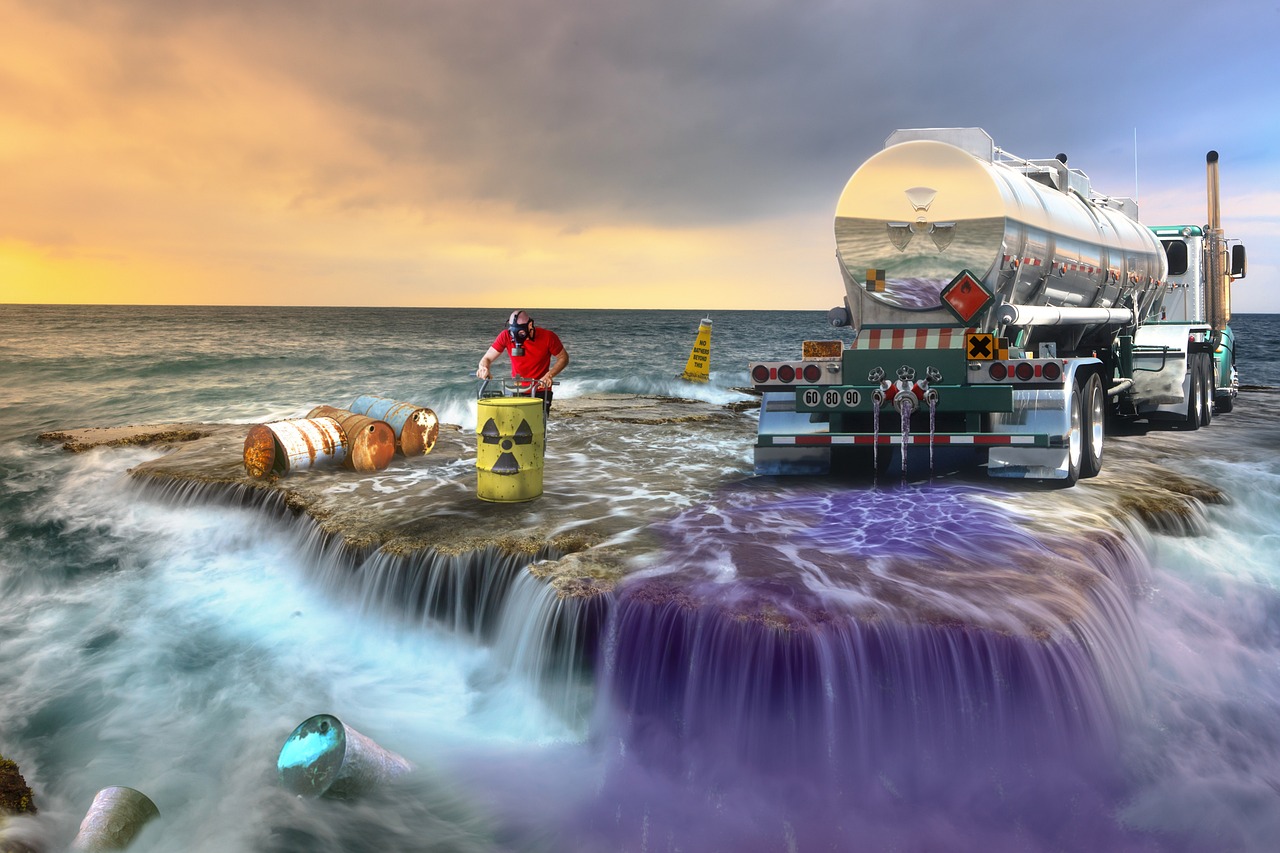Global shipping significantly impacts the environment through air pollution (including greenhouse gas emissions), water pollution from oil spills and wastewater discharge, noise pollution from vessel operations, and the spread of invasive species through ballast water, impacting marine ecosystems and contributing to climate change. Ships are responsible for more than 18% of nitrogen oxides pollution, and 3% of greenhouse gas emissions.

SIGNIFICANT IMPACT OF GLOBAL SHIPPING ON THE ENIVIRONMENT.
1. Air pollution.
Particulate Matter (PM): Shipping emits PM, which contributes to air pollution, respiratory problems, and cardiovascular disease.
Greenhouse Gas Emissions: Shipping accounts for around 2.2% of global CO2 emissions, contributing to climate change.
Nitrogen Oxides (NOx): Shipping emits NOx, which contributes to air pollution, acid rain, and respiratory problems.
Sulfur Dioxide (SO2): Shipping emits SO2, which contributes to air pollution, acid rain, and respiratory problems.

2. Marine pollution.
a. Plastic pollution: Shipping can result in plastic pollution, including microplastics, which harm marine life and ecosystems.

b. Garbage and Waste: Shipping can result in garbage and waste, including food waste, which harms marine life and ecosystems.
3.Water Pollution
a. Oil Spills: Shipping can result in oil spills, which harm marine life and ecosystems.
b. Chemical Pollution: Shipping can result in chemical pollution, including pesticides, heavy metals, and other hazardous substances.
c. Ballast Water Pollution: Shipping can result in ballast water pollution, which introduces invasive species and harms marine ecosystems.

4. Habitat Destruction
a. Port Development: Shipping can result in port development, which can lead to habitat destruction and loss of biodiversity.
b. Dredging: Shipping can result in dredging, which can harm marine habitats and ecosystems.


5. Noise Pollution
a. Ship Noise: Shipping can result in noise pollution, which can harm marine life, including whales, dolphins, and fish.
6. Climate Change
a. Rising Sea Levels: Shipping can contribute to climate change, which can result in rising sea levels, more frequent natural disasters, and loss of coastal ecosystems.

To mitigate these environmental impacts, the shipping industry is exploring sustainable solutions, such as:
- Alternative Fuels: Switching to alternative fuels, such as liquefied natural gas (LNG), hydrogen, or biofuels.
- Energy Efficiency: Improving energy efficiency through optimized ship design, propulsion systems, and operational practices.
- Emissions Reduction: Implementing emissions reduction technologies, such as scrubbers or exhaust gas recirculation systems.
- Sustainable Shipping Practices: Adopting sustainable shipping practices, such as slow steaming, optimized routing, and reduced idling.
- Green Shipping Corridors: Establishing green shipping corridors, which promote sustainable shipping practices and reduce environmental impacts.
IN SUMMARY.
By understanding the environmental impacts of global shipping and exploring sustainable solutions, we can work towards a more environmentally friendly and sustainable future.